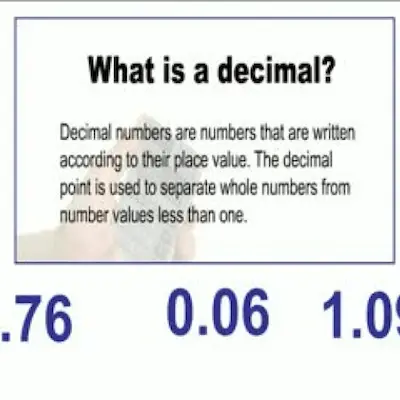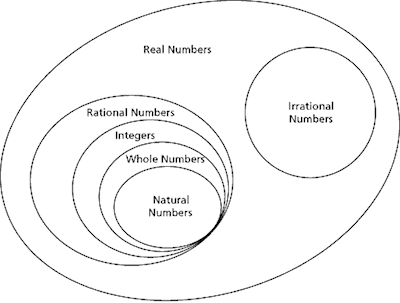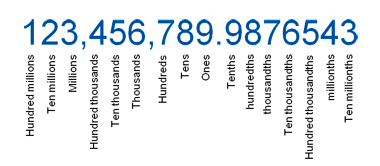One of the topics that many students tend to struggle with is linked to decimals. So, today, we will start by explaining to you what is a decimal.
Learn everything you need to know about rounding numbers.
What Is A Decimal?

Simply put, in algebra, a decimal number is a number whose whole number part and the fractional part is divided by a decimal point.
Note that the decimal number is called a decimal point.
Looking to round numbers up in Excel?
One of the things that you need to know about decimals is that the digits that follow the digital point always show a value smaller than one.
Notice that decimals are based on the preceding powers of 10. This means that as you move from left to right, the place value of the digits is divided by 10. This means that the decimal place value is the one that determines the tenths, hundredths, and thousandths.
So, simply put:
- A tenth = one tenth = 1/10 = 0.1
- A hundredth = one hundredth = 1/100 = 0.01
Discover how to easily compare decimals.
Can An Integer Be A Decimal?

Simply put, an integer is a whole number and not a fraction. This whole number can be zero, positive or negative. It is important to notice that an integer can’t have decimal places.
One of the things that you need to always keep in buy about integers and decimals is the fact that a number and the way in which it is expressed are two completely different things. So, and while an integer can’t be a decimal, any integer can be expressed in decimals.
If this may sound confusing, it’s really not. The truth is that if you add a bunch of zeros to the right of the decimal point, the number is still an integer. For example:
45 = 45.000000
Learn to calculate the nearest whole number.
What Is Decimal Notation?
As a math student, you probably already heard about decimal notation. In case you’re not really sure about what this is, then we’re about to explain it to you.
Simply put, the decimal notation is just the representation of a fraction using the base 10. Besides, it includes a decimal point.
Here’s an example: 0.7. All, decimals use the base ten. So, decimals have tenths, hundredths, thousandths, ten thousandths, etc. places. Check out the example below.

When you learn decimals, it is normal to associate them with fractions since they tend to be used together or even interchangeably. So, getting back at the example we showed you, 0.7, we can state that 0.7 means seven tenths, as the 7 is in the tenths place. Besides, it can be written as a fraction: 7/10.
When you have the decimal expanding into the hundredths, thousandths, etc. places, the denominator of the fraction will need to change as well.
For example, 0.70 uses the hundredths place. Therefore, the fraction looks like this: 70/100.
Fractions can be converted into decimals and vice versa. They are both equal, but written in different ways.